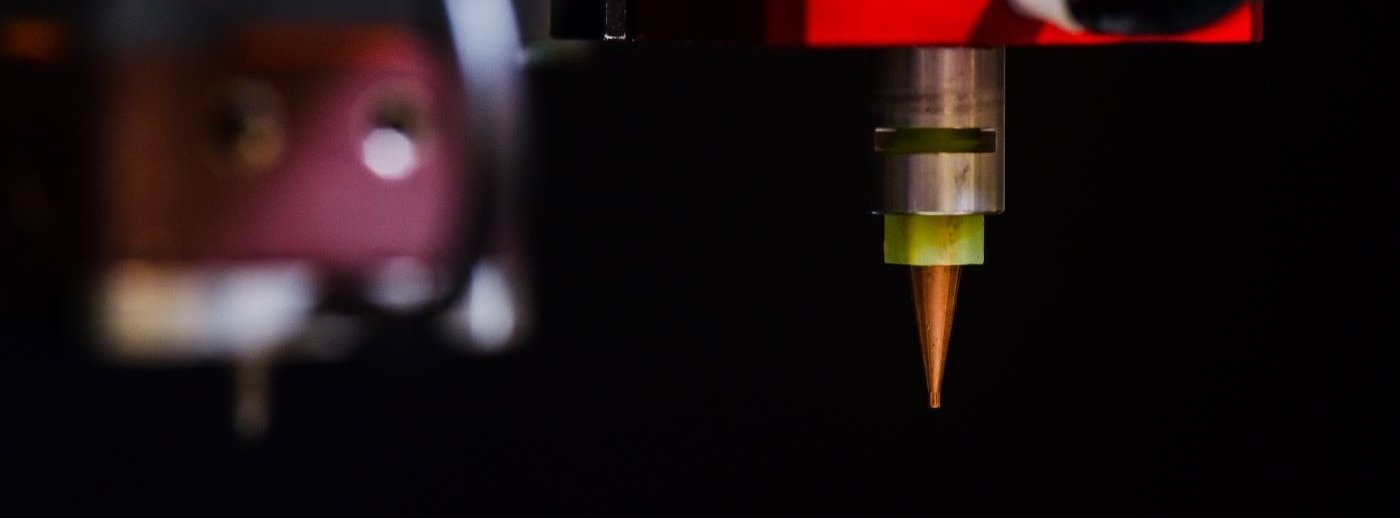Cannula to Hub Bonding Case Study
SOLUTIONS: PIECING IT TOGETHER FOR YOU
THE CUSTOMER
A Global Medical Device Manufacturer Specializing in Disposable Drug Delivery Devices
THE EQUIPMENT
- MV250 Positive Displacement Metering Valve
- Air Free Fluid Delivery System
THE CHALLENGE
A Unique Application
A UV curable adhesive must be applied to the top of a plastic luer lock hub after a stainless steel cannula is inserted, to bond the two components together. To achieve a strong bond and medical grade finished product, the UV adhesive must form a small dome at the top of the hub and allow the remaining fluid to wick into the area around the cannula where it’s inserted into the hub.
In order to accomplish the desired results, a very accurate amount of adhesive must be placed on the part and cured in a short period of time. In addition, the fluid delivery and dispense system must be integrated into a much larger automated assembly machine to apply 24 dots every 4-6 seconds. Speed, accuracy and repeatability were tantamount to success.
Current Process: Allows for too Much Inconsistency
The process that was being used consisted of a single pressure tank to feed multiple time and pressure diaphragm dispense valves mounted to the assembly machine. This setup presented many problems in maintaining accurate dispense volumes across the entire bank of valves.
The first problem was with the pressure tank. When the acrylic based UV adhesives were poured into the tank, or left under pressure for long periods of time, micro air bubbles were absorbed into the coating. These air bubbles created voids in the final product which lead to eventual rejection by QC.
The second issue was difficulty in maintaining an accurate dispensed volume per part. With as many as 24 dispense valves fed from one common pressure tank, the dispense volumes from valve to valve continually fluctuated. And, as the temperature changed throughout the day, the viscosity of the adhesive changed, thus increasing or decreasing the flow rate. Adding a new batch of adhesive into the system almost always changed the viscosity, as adhesives are made within a viscosity range and not to a specific value.
Lastly, since there are many QC checks throughout the process, some parts had already been removed from the line prior to reaching the adhesive station. To prevent adhesive from dispensing onto an open area, sensors alerted certain valves not to activate. Because this was a time and pressure system, the more valves that didn’t open, the more adhesive that was dispensed from the valves that did open.
THE SOLUTION
AIR-FREE FLUID DELIVERY SYSTEM FOR CANNULA TO HUB BONDING
- Fluid reservoir fitting an adhesive pail to eliminate pouring.
- Diaphragm pump using low pressure to draw adhesive without shearing force.
- Inline regulator for an easily managed steady flow.
- Valves that mechanically meter repeatable adhesive volumes with no variation.
What the customer needed was a system that could first handle the adhesive inside its original packaging, and transfer it to the dispense valves, without the need to apply pressure directly to the fluid’s surface. The second goal was to use positive displacement to independently control the amount of adhesive dispensed from each valve. Essentially, a system that would eliminate variability while meeting the requirements of a medical grade process.
PVA used a large material reservoir that allowed an adhesive pail to be placed inside without pouring. From there, a low pressure pumping system was used to draw adhesive from its original container and transfer it to the valves, thus eliminating the introduction of micro air bubbles. In addition, several bleed points were located at the highest points along the fluid delivery system to remove any entrapped air.
Twenty-four MV250 Positive Displacement Metering Valves were mounted side by side, on ¾” centers, inside the dispense station to apply repeatable volumes of adhesive. These true positive displacement valves were designed to dispense a small volume of fluid with each cycle. Since the metering action was done volumetrically, the amount of adhesive could not be altered by changes in temperature, viscosity, or fluid pressure. Each valve could be actuated to dispense independently of each other and the desired volumes were adjusted mechanically with a micrometer that could be locked in place to maintain settings.
By using this system configuration, PVA was able to remove air bubbles from the final product and apply an accurate and repeatable volume of UV adhesive to each part. The result was an increase in good parts during the QC process and much higher throughput which dramatically increased profits for the customer.
EQUIPMENT LIST
- MV250 Positive Displacement Valve
- Air Free Fluid Delivery System
- PVA10G Tank
- Diaphragm Pump
- Regulator

